Industrial designer Ezri Tarazi speaks excitedly when telling about the first time he saw an orange fish hiding in a blue bioplastic coral reef that he and fellow members of an Israeli research group had installed in the Red Sea. The research group – made up of marine biologists and designers – 3D printed the world’s first bioplastic and ceramic tile coral reefs to shed light on the complex relations between coral architecture and fish recruitment.
“It was very exciting to see the fish on our corals. I remember the first time I went diving near the corals and there was an orange fish shining through our blue bioplastic coral. It was amazing,” Prof. Tarazi, head of the Industrial Design Graduate Program at the Faculty of Architecture and Town Planning at the Technion – Israel Institute of Technology, tells NoCamels. “What is important is that this fish, when we dove again, was there a week later. It made a home in our corals and this was very exciting.”
Tarazi is lead author on a paper titled, Nature-Centered Design: How design can support science to explore ways to restore coral reefs, recently published in the international The Design Journal.
SEE ALSO:Israel, 7 Muslim-Majority States Form Rare Research Partnership To Save Red Sea Coral Reefs
Fellow authors of the study include: Haim Parnas, with whom Tarazi established the Marine Design Lab at the Interuniversity Institute Eilat; Offri Lotan, a Masters student at the Technion Institute of Technology; Majeed Zoabi, architecture student at Technion – Israel Institute of Technology; Nadav Shashar, professor of Marine Biology at Ben Gurion University and lead investigator at the sensory ecology lab; and BGU researchers Asa Oren and Dr. Noam Josef.
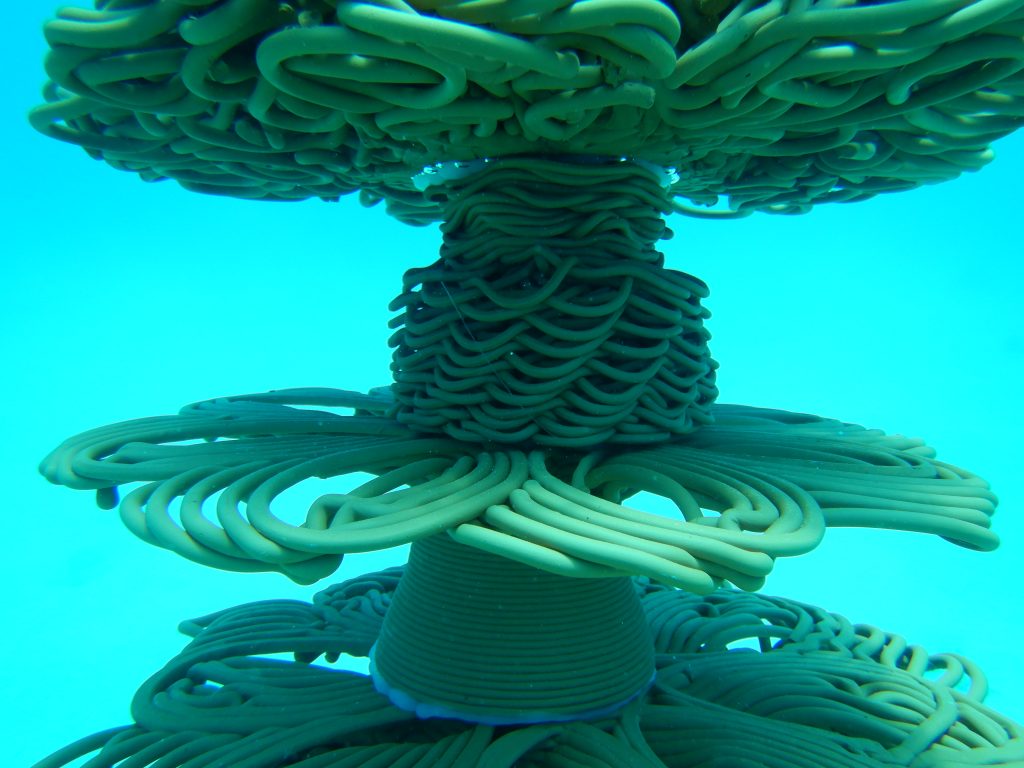
Coral reefs around the world are in a desperate state. Global warming, pollution, touristic diving and an array of other reasons are possibly to blame. Research and environmental groups are designing, creating and installing artificial reefs to try letting corals rehabilitate. From France to Australia to the US and beyond, companies are using 3D printing technology to create concrete or polylactide plastic artificial reefs.
Tarazi, who is also a marine research-diver, says the Israeli team’s research stands out because they are the first team to “experiment with bioplastic printed corals and with ceramic tile reefs and experiment with fish.”
“We’re not simply printing an artificial reef, we want to understand the complex structure of the coral,” Josef, one of the co-authors of the study from BGU, tells NoCamels.
The BGU-Technion study has two parts. At first, the biologists and designers created a bioplastic reef and submerged it on the sea floor of the Red Sea. They also tested fish recruitment to the colored plastic and its different shapes. That second step of the study is now underway with ceramic tile reefs in places where the bioplastic reefs once were. The team is hoping to find out whether design technologies may hold a key to rehabilitating the underwater world.
While some may see the worlds of design and science at odds, Tarazi says when the two are put together breakthroughs can be achieved.
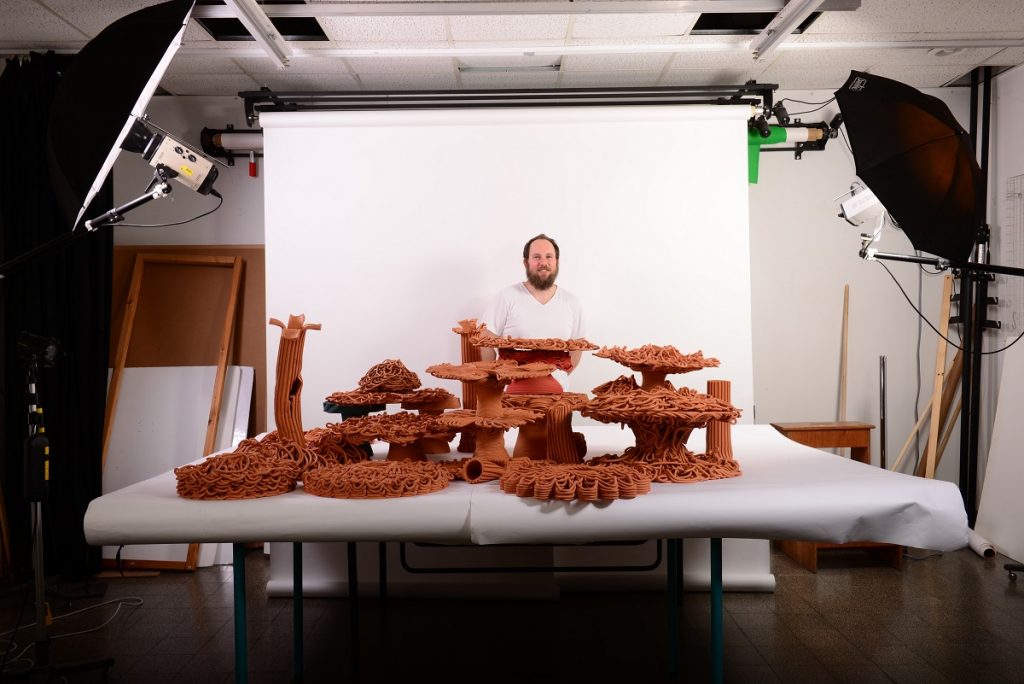
“An art creation cannot be modified or developed further; you cannot correct a Leonardo da Vinci painting. Therefore, it can seem that once a design object is done, it becomes iconic. Meanwhile, the science world is always open source. But these worlds have to collaborate in order to create a breakthrough,” says the professor of industrial design. “Designers extensively use 3D printing and scientists can use these abilities of creation of complex shapes. As designers, we’re trained in both one-of-a-kind creation and as industrial designers, specifically, we’re trained in mass-produced creations. When it comes to reconstruction of reefs, this knowledge is unique.”
Indeed, the design side of the team used 3D manipulation and 3D printing to recreate the bioplastic and ceramic reefs. They printed 16 complex shapes in different colors, testing both in a lab and in the open water, which the fish most preferred.
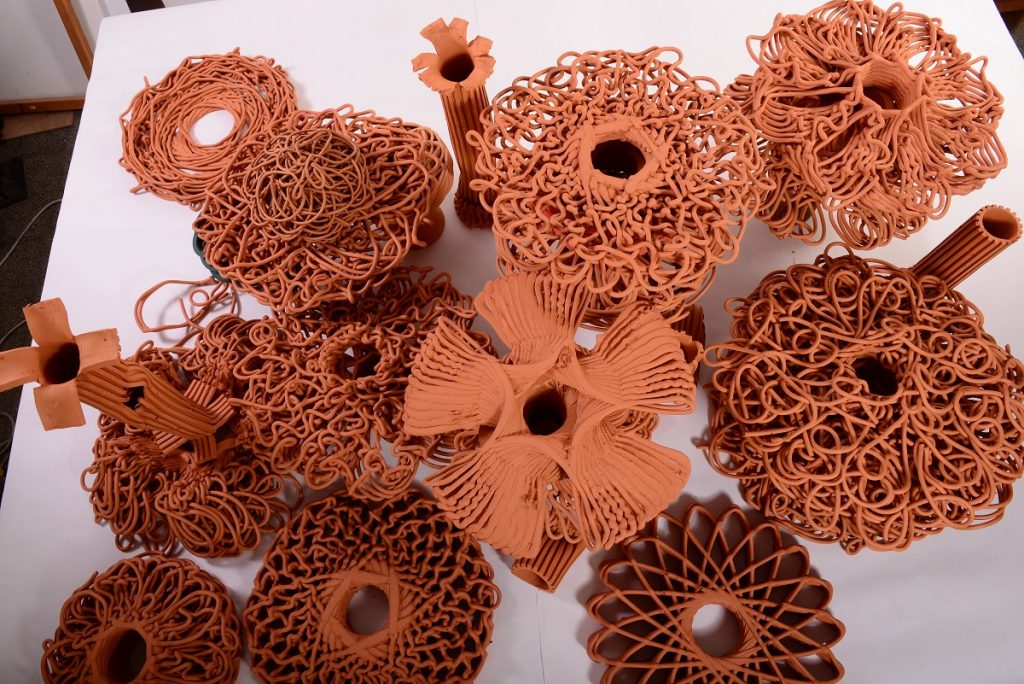
“We didn’t know in the first project whether fish would be attracted to the [artificial] coral. What surprised me was that some of the natural corals attracted one kind of fish and repelled others. But plastic or ceramic cannot repel fish. So, a greater variety and amount of fish are attracted to the printed coral,” Tarazi tells NoCamels.
“We saw over 40 species of fish interacting with these bioplastic structures,” says Josef. “Fish recruit and even laid eggs on our corals. They hid in it when they were not hunting and they slept in it. The corals provided shelter to various species.”
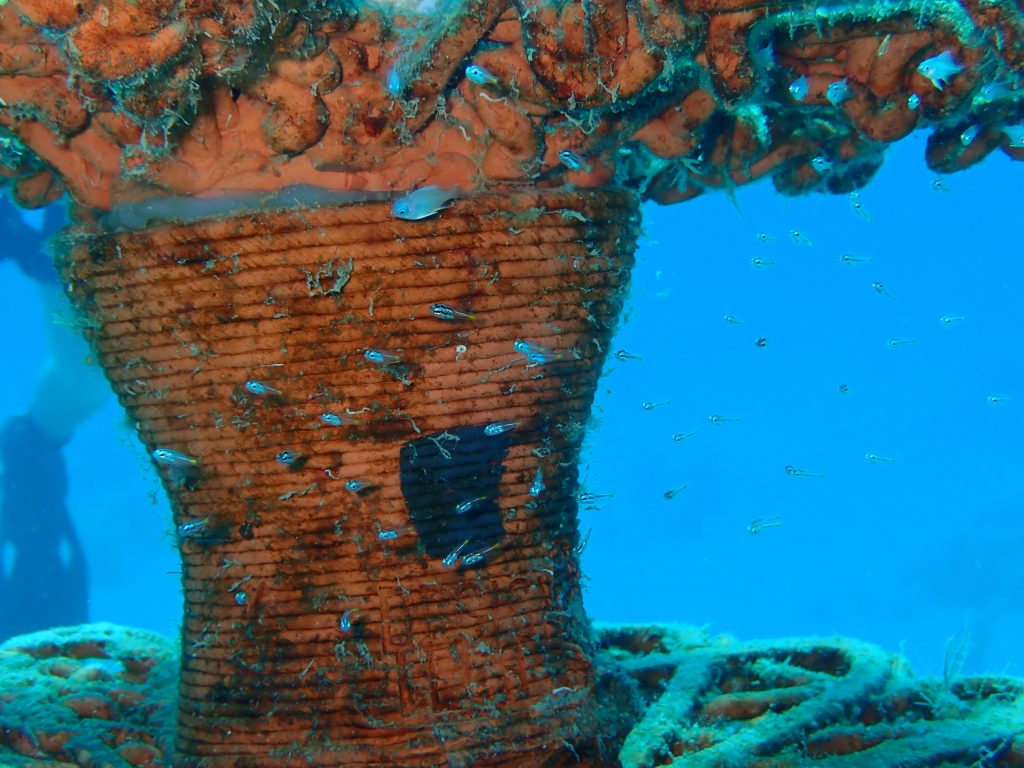
Not only did a variety of fish come to the manmade coral structures but the researchers found they preferred one shape design over another. Tarazi says the “scaled corals attracted the most variety and amount of fish” on the bioplastic reefs. So, with that knowledge, the team created new reefs out of ceramic.
Sign up for our free weekly newsletter
Subscribe“Every coral is different. We can manipulate every shape. We can make the reef more complex. Three-dimensional printing is perfect for this mission,” says Tarazi.
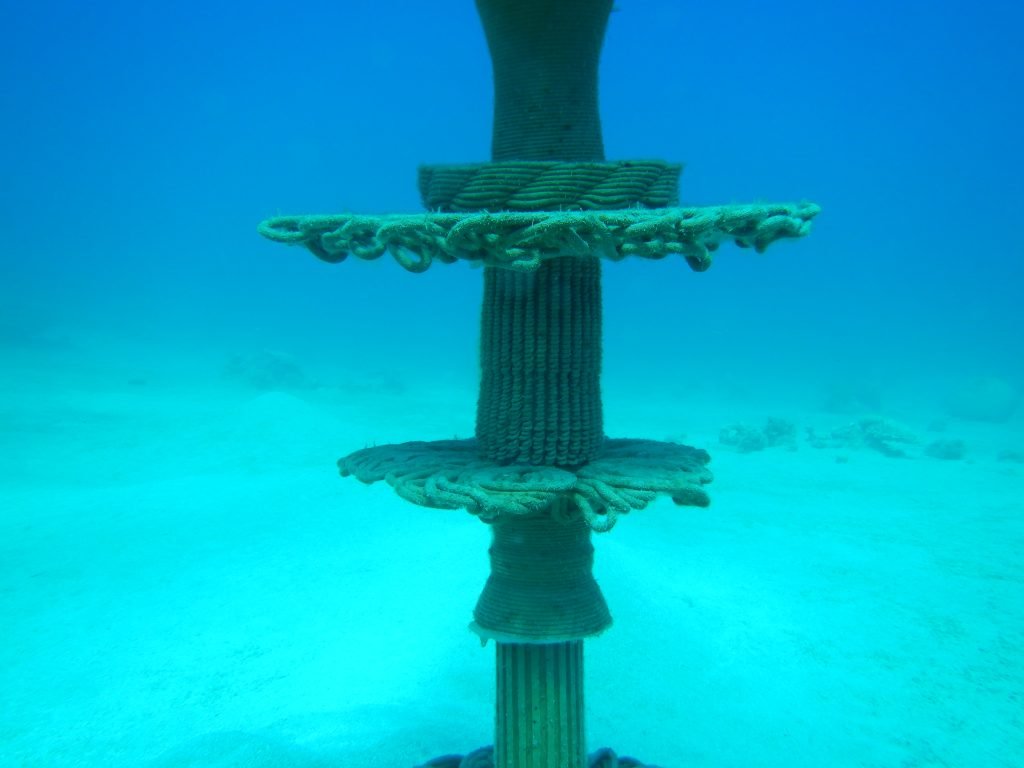
The one downside of the bioplastic material — which is derived from renewable sources or agricultural by-products — was the time it takes to print this eco-friendly material. Ceramic tile is much faster to print.
“We want a better system if we want to approach a large-scale reconstruction, recovery of a reef,” explains Tarazi. “The principles of the design are the same. The nozzle is much larger.”
The Israeli research group doesn’t have high hopes for its data to save the world’s oceans.
“The oceans have been harmed by pollution and it will take a lot of time for these effects to fade away. We’re trying to find structural demands of coral and fish so that we can put a Band-Aid on until the corals can restore naturally,” says Josef.
“We’re trying to contribute to the research. I don’t think we can solve the problem. We want to add other data and that’s why we collaborate with the BGU biologists — to learn more about the possibilities,” says Tarazi.
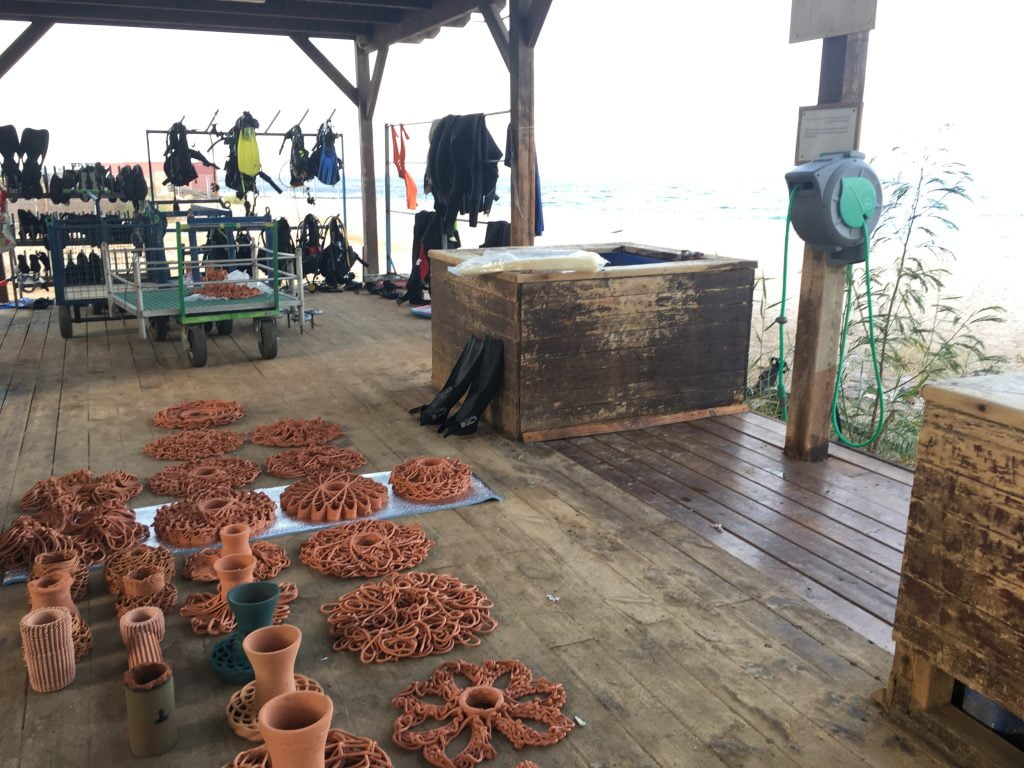
The Israeli biologists and designers would like to add the discourse on the subject of underwater ecosystems.
“We need to support the biodiversity of coral reefs and give them time to rehabilitate themselves. So, we’re trying to find what they need to be supported. We’re trying to identify what are the structural needs,” adds Josef.
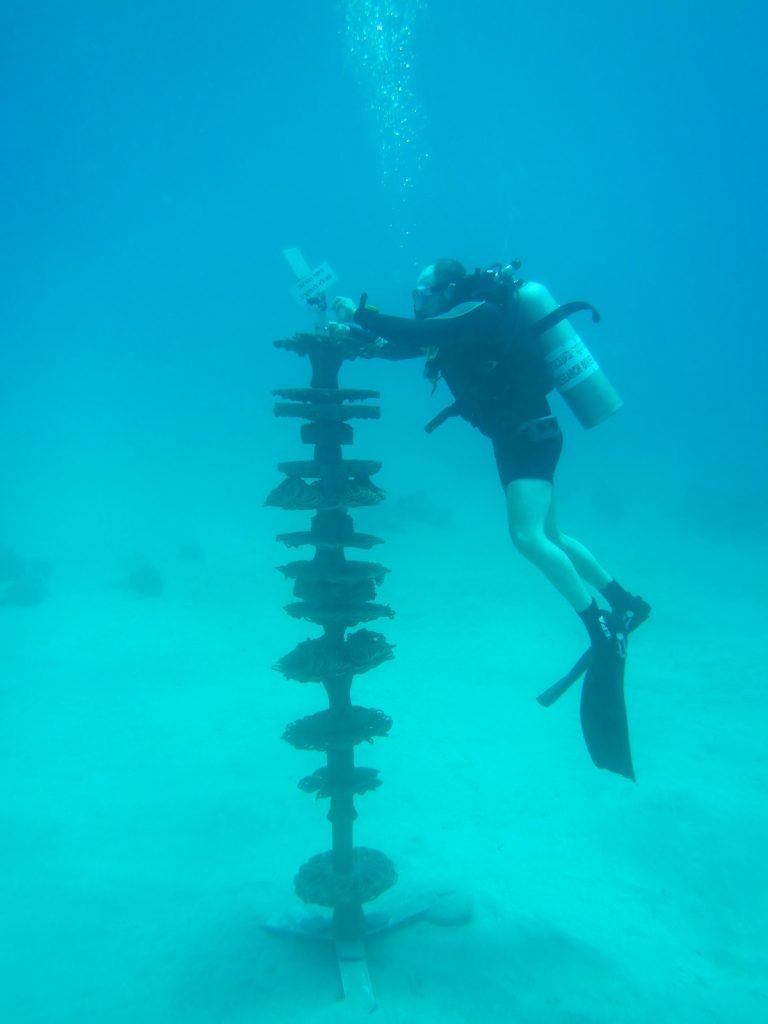
The researchers are continuing to use advanced design tools to create complex artificial corals that will serve as a home for the fish of the Red Sea.
“We hope this research can inspire more designers to use their skill-set and a wide range of knowledge to take part and support to restore the collapsing ecologies of the coral reefs around the globe,” the authors write in their paper.
SEE ALSO: Could Jellyfish Help Rid Our Waters Of Plastic Waste? Israeli Scientists Are On It
In fact, if the coral reef made of ceramic tiles recruits enough fish, the BGU and Technion researchers believe a ceramic coral reef can be an exciting alternative to natural coral reefs for divers.
“If we succeed with the experiment and within a year see a growing environment . . . we aim to build a massive printed garden underwater,” says Tarazi. “We hope to take the burden off real corals in Eilat as an attraction for tourists.”
Viva Sarah Press is a journalist and speaker. She writes and talks about the creativity and innovation taking place in Israel and beyond. www.vivaspress.com
Related posts

Editors’ & Readers’ Choice: 10 Favorite NoCamels Articles

Forward Facing: What Does The Future Hold For Israeli High-Tech?

Impact Innovation: Israeli Startups That Could Shape Our Future


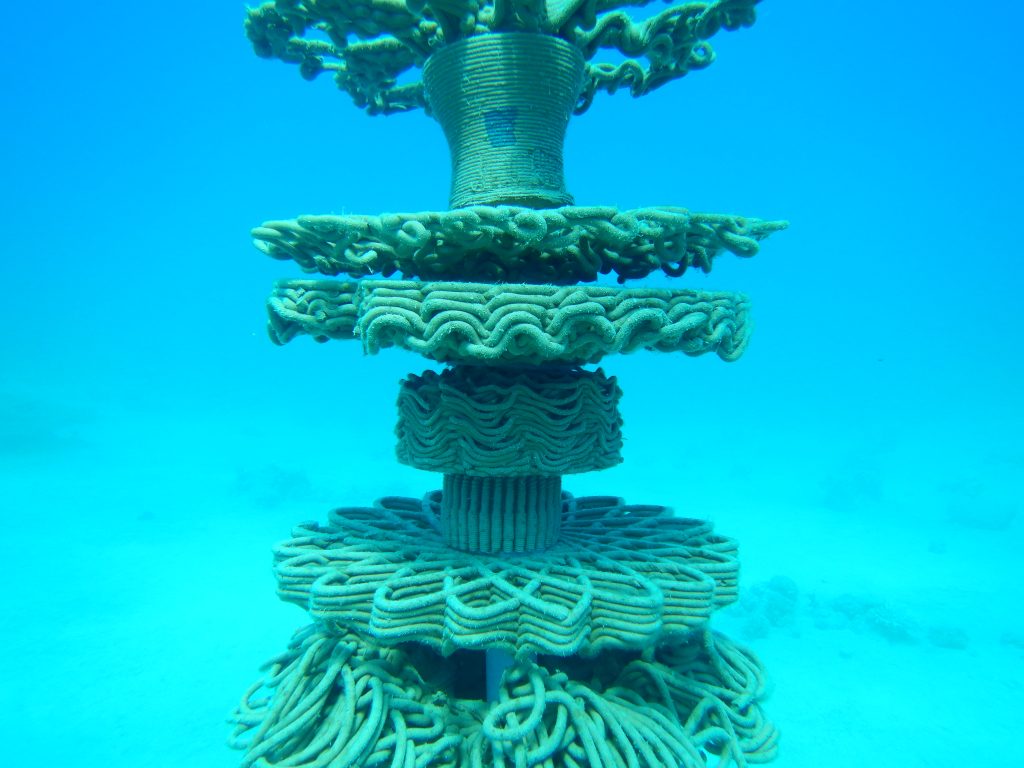

Facebook comments